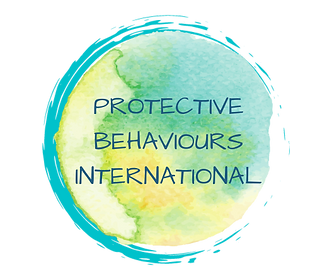Feelings, Thoughts and Behaviours: Connecting the Dots
- Bronwyn Clee
- Sep 8
- 2 min read
Our feelings, thoughts and behaviours are so closely linked that it can be hard to know which comes first sometimes.
This third element of the Universal Protective Behaviours Psychosocial Framework helps us make sense of that connection so we can respond more intentionally, especially in challenging situations. e.
with an effect.

Here’s how it works in a regulated state: feelings (like fear or frustration) influence our thoughts (such as “this is dangerous” or “I’m not respected”), which in turn shape our behaviour (like withdrawing or lashing out).
In a dysregulated state, we miss the cues, which is why, in our training, we teach practical techniques for recognising and regulating emotions, challenging unhelpful thoughts and developing coping strategies. These skills not only increase personal resilience but also improve how we support others when they don't feel safe.
By becoming aware of this cycle, we can pause and respond rather than react. We can name our emotions, examine the thoughts behind them and choose behaviours that align with our values and needs.
Reminder:
Feelings: There are no right or wrong ways to feel in any given situation
Thoughts: We can use our thinking to change our current and even future thoughts, feelings and behaviours.
Behaviour: is a reaction or a chosen response.
✨ Pause for Reflection
Take a moment to reflect on your own environment — at work, at home, or in your community:
Where do I feel most safe and supported? What factors contribute to that?
When was a recent time I felt unsure or uneasy? What thoughts or assumptions came up?
Who could I talk with when I need to check my feelings, thoughts and behaviours?
🌱 Try a Micro Move This Week
Building safer habits doesn’t always require big steps. Sometimes it’s the micro moves that matter most. You might like to try:
Taking 3 slow breaths before responding in a tense moment
Journaling one thought each day and noticing what feeling sits beneath it
Checking in with a trusted colleague, friend, or family member when you feel unsettled
Choosing one slight behaviour shift like pausing instead of reacting and practising it deliberately
By making small, intentional choices, you gradually build confidence and create more spaces where you and those around you feel safe. And you don't have to do it on your own. We’re here to help you build the skills to create and sustain safe spaces for yourself and others




Comments